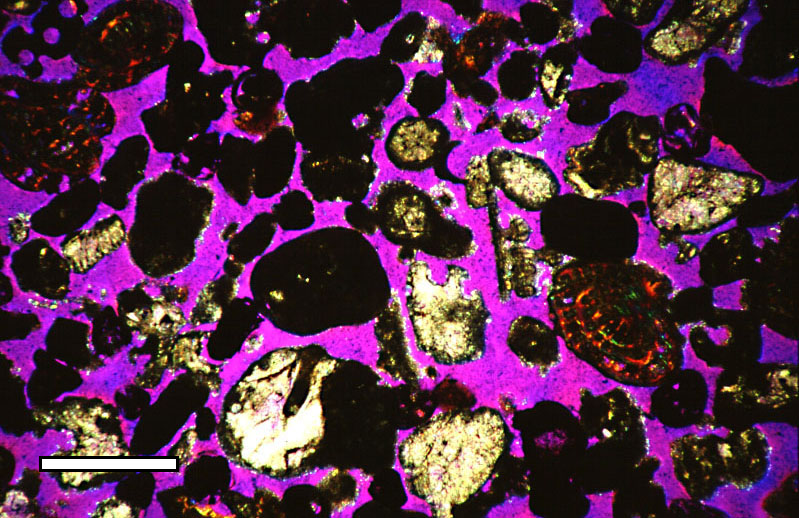 |
| https://upload.wikimedia.org/wikipedia/commons/f/ff/Porosity_thin_section_GP.jpg |
Summary
There are many different types of soil. Some soil has high porosity while some has high permeability. The porosity of soil is how many pores (spaces between soil particles) there are and how big the pores are. If there are many pores, it has high porosity. If it has less pores and a larger space between each particle, the soil has low porosity. Permeability is how easily water can flow through. When something has high porosity, it has low permeability. If there are less gaps which are small, it is harder for water to go through. It also takes more time. If the soil however has low porosity, it is more permeable since water can flow through big gaps fast and easily.
S&EP 4: Analyzing and Interpreting Data
I analyzed the data when I learned about soil porosity and permeability. I had to read and analyze a small passage about permeability and porosity. After this, I interpreted the meaning of the data when I listened to as well as contributed to our class discussion about what the two are and how it can affect people like farmers, architects, and environmentalists. After I analyzed the data, I also interpreted it when I filled out a little information about what the two are. I also analyzed an interpreted data when I filled out a table about my charity fair products carbon footprint.We had to calculate the amount of CO2 emissions were being released by the transportation of my product from where it was manufactured to San Jose.

